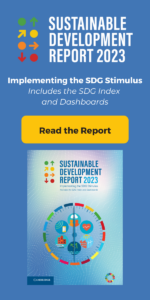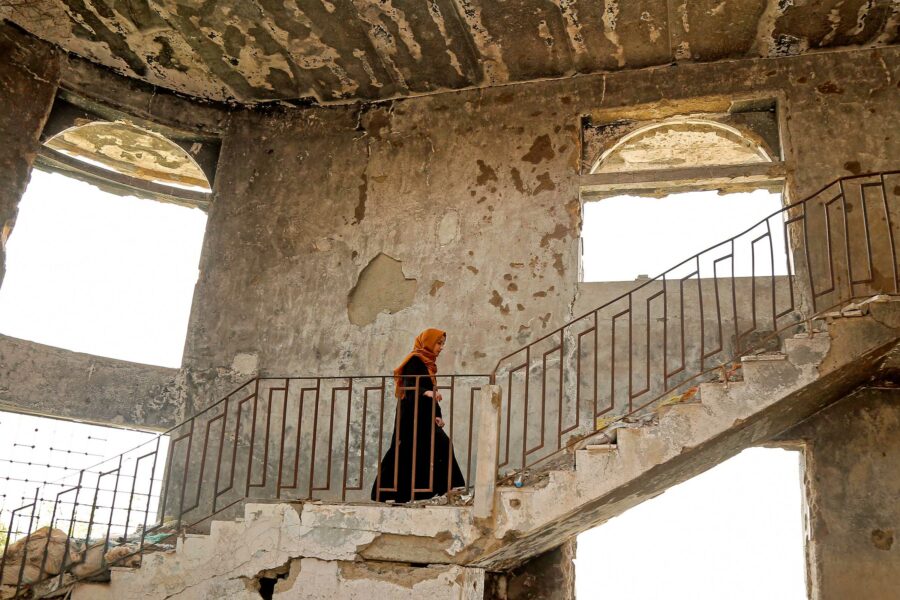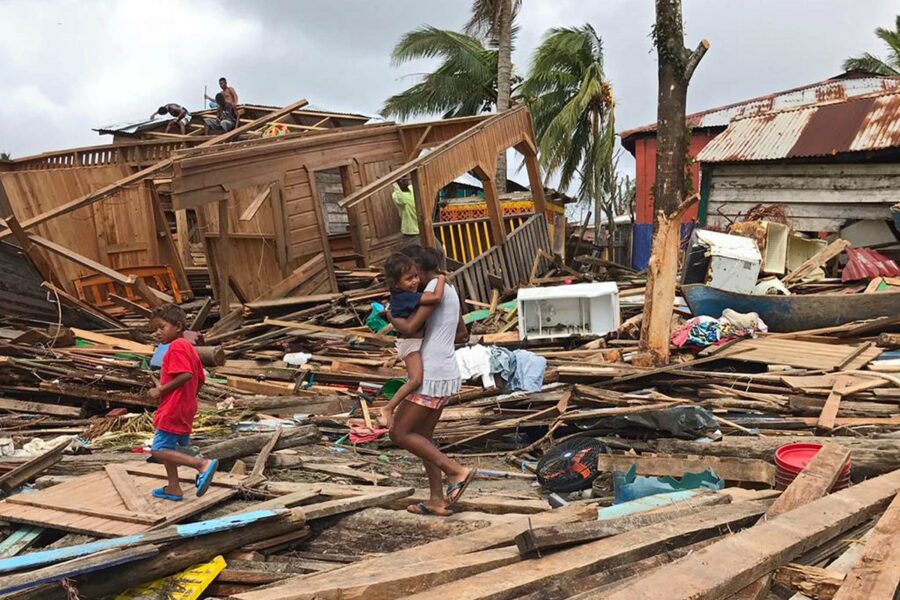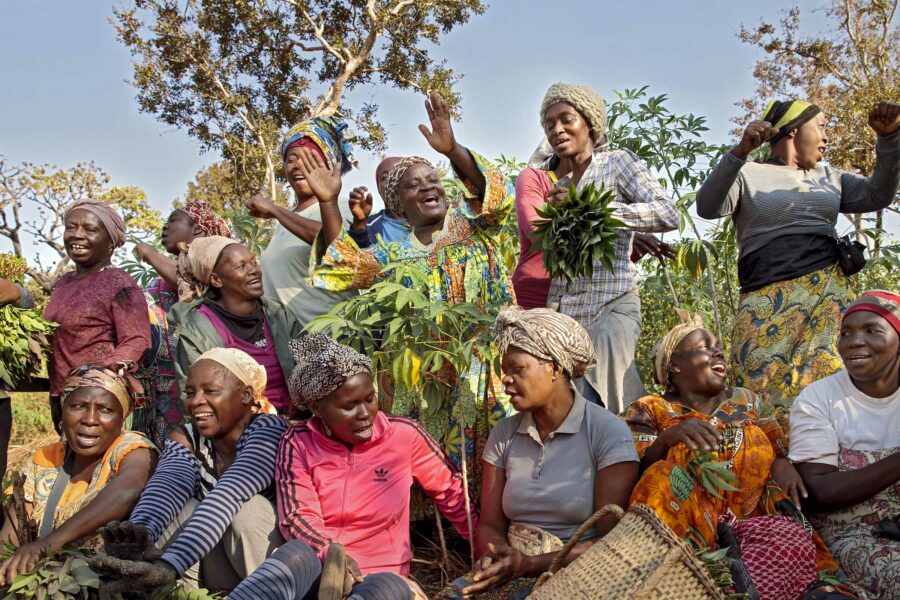Cities as vanguards for action
The future of our planet and its people rests significantly on cities. This decade, we must transform how cities operate to drive global efforts on sustainable development, climate action, and recovery from COVID-19
Cities — Global
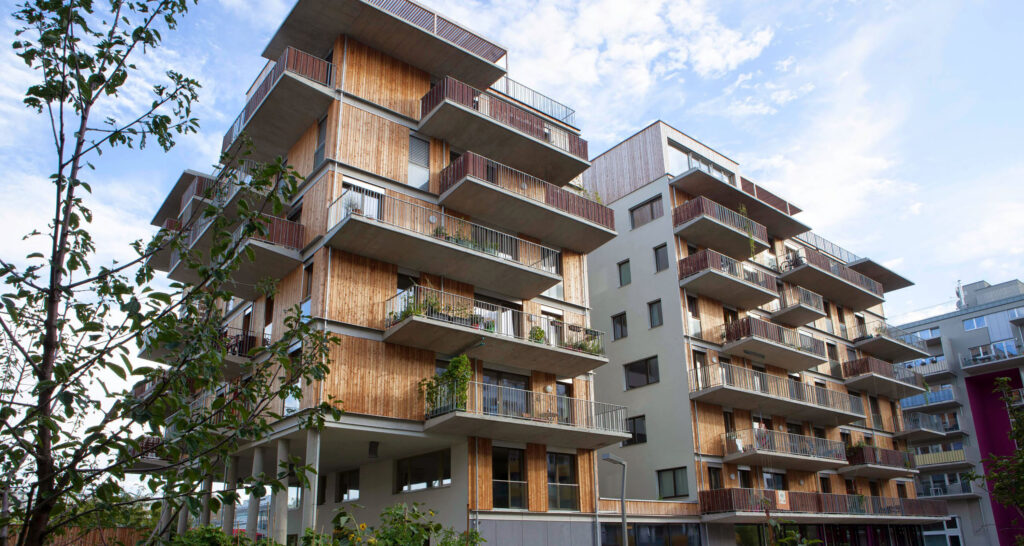
Cities are now on the frontline of almost all the global agendas that will either accelerate humankind’s achievements or speed up our collective demise. A decade ago, the world shifted irreversibly from being mostly rural to mostly urban. Today 55% of the global population lives in urban areas. This is projected reach to 68% in 2050, with the urban population increasing by 2.3 billion. While cities exert a huge economic pull, their ecological impact on their surroundings can be devastating.
Cities now generate 80% of the world’s economy, and most countries that have urbanized have experienced the benefits of economic growth. The problem is that not everyone is benefiting in equal measure.
There is a notable trend of increased social inequality that corresponds with urbanization. Inequalities occur between urban and rural areas, between urban centers, and between neighborhoods. It is not uncommon to have slums existing alongside affluent communities.
In 86% of countries with data, studied for the UN’s World Social Report 2020, income inequality was found to be higher within urban areas than within rural areas. Some of the qualities that make city life so exciting can also breed inequality.
Spatial inequalities
Human activities generate wealth. The more concentrated wealth becomes, so particular areas of the city receive more investments than others. This phenomenon, often termed as spatial inequality, is a consequence of certain locations benefiting more than others in their access to economic opportunities and infrastructure investment.
Inequality of outcomes in cities plays out in various global agendas as follows:
Migration
Cities offer economic opportunities, refuge, and basic services. They have served as destinations or places of transit for most migrants and refugees. According to the UN High Commissioner for Refugees, cities now accommodate 60% of the world’s refugees. Despite migrants generating 9.4% of global gross domestic product, migrants and refugees frequently face social exclusion and poverty in cities. Here national and regional governments have an important role to ensure that systems of small and large cities, not just the major cities, can accommodate population growth sustainably, and local governments have an important role to support economic and social integration, and thus facilitate the many positive impacts of migration in cities.
Climate change
Cities are at the heart of the climate agenda. Production, unsustainable construction, and carbon-heavy energy and transportation contribute to cities generating 70% of global greenhouse gases. As spatial inequalities prevail, informal settlements, often built on steep slopes and floodplains, are highly vulnerable to climate-induced disaster. Cities thus need to be at the heart of the forthcoming debates at the UN Climate Change Conference (COP26) in Glasgow.
COVID-19
Due to their economic activity and interconnectedness, cities became epicenters for the spread of COVID-19. By mid-2020, 90% of cases were recorded in cities, and local measures to mitigate the spread profoundly impacted local economies. UN-Habitat’s recent Report on Cities and Pandemics highlights the fact that unplanned, densely populated urban communities, without commensurate infrastructure, have been “weak spots” with greater prevalence and risk.
Peace
The inequalities experienced in cities can be stark. It was the desperate act of an urban informal market vendor in 2010 that sparked the “Arab Spring,” and its impact is still being felt over a decade later. It is also notable that unemployed urban youth became recruitment targets for extremist groups. As urban dynamics play an increasing role in conflict, it is high time to reflect on the impacts and cost of prevailing inequalities.
Sustainable development
Around two thirds of the global Sustainable Development Goal (SDG) targets have urban dimensions. SDG 11 (sustainable cities and communities) is closely interconnected to all the other SDGs. It has a particular bearing on poverty alleviation, gender equality, productivity, and access to health, education, water, and clean energy.
Cause for optimism
While this tension between economic development and social inequality prevails, and for as long as economic priorities compromise environmental sustainability, cities will have a mixed impact on the achievement of global agendas. It has long been acknowledged that the battle for sustainable development will be won or lost in cities.
There is, however, reason for optimism. The agendas outlined above are interconnected. Cities, being a human construct, can be planned and managed in a way that meets positive social, environmental, economic, and cultural outcomes. Cities are recognizing their importance as vanguards of sustainable development. An important trend has recently emerged where cities are holding themselves to account on this by publishing their Voluntary Local Reviews. Through these, cities undertake a critical analysis of their performance in achieving the SDGs and can commit to priorities for measurable action to accelerate their achievement.
The New Urban Agenda provides a blueprint on how the transformative potential of cities to drive sustainable development can be harnessed. Cities must be governed in a way that engages all people, groups, and communities. E-governance plays a welcome role in including people and stakeholders in decision-making processes. Particular efforts are needed to engage the urban poor and others that are traditionally excluded, including women, youth, and elderly people. Cities can also be planned with principles of compactness and connectivity, which when complemented with equitably distributed basic infrastructure and services, can drive economic development while also protecting the environment and biodiversity.
When cities are planned and managed well, they can be vanguards for inclusivity, shared prosperity, climate change mitigation and adaptation, peace, and a green, just, economic recovery from COVID-19.
UN-Habitat has developed with the United Cities and Local Government (UCLG) guidance on Voluntary Local Reviews so cities can critique and share their experience. Related to this, the recently launched SDG Cities Global Initiative helps cities connect urban data to strategic planning, to the identification and financing of high-impact projects while also building the key capacities and systems needed to achieve the SDGs. Through its array of digitalized tools and partnerships with national authorities, local government associations, academia, civil society, and private-sector investors, it aims to impact on 1,000 cities and a billion lives.
The decade ahead is a critical moment for our cities. UN-Habitat has recently launched its New Urban Agenda illustrated handbook and e-learning course that can guide city leaders, and local and national institutions to plan and manage cities in a way that drives sustainable development.

